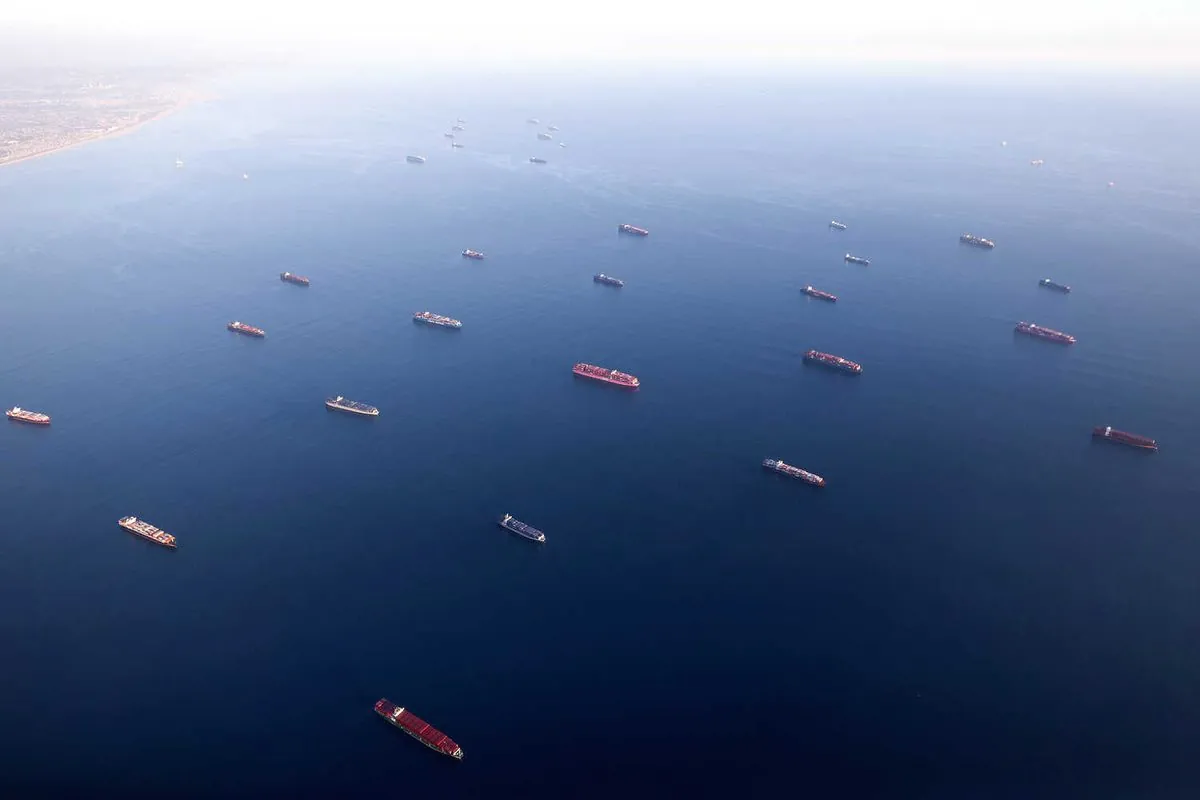East Coast Ports Brace for Major Longshoremen Strike
Longshoremen at East Coast and Gulf ports set to strike, potentially disrupting trade. Negotiations stalled over wages and automation concerns, with economic impacts looming as election nears.

As the clock ticks towards 2024-10-01T00:00:00, a significant labor dispute is poised to disrupt maritime operations along the Eastern seaboard and Gulf Coast of the United States. Thousands of longshoremen, represented by the International Longshoremen's Association (ILA), are preparing to initiate a strike that could impact up to 36 ports from Maine to Texas.
The ILA, which has been advocating for workers' rights since its establishment in 1892, finds itself at an impasse with the U.S. Maritime Alliance over contract negotiations. Central to the dispute are demands for substantial wage increases and assurances against job displacement due to automation. This standoff reflects the ongoing tension between technological advancement and labor concerns in the maritime industry, a struggle that has persisted since the first automated container terminal opened in Norfolk, Virginia, in 1993.
The economic ramifications of this strike could be far-reaching. The affected ports, including the Port of New York and New Jersey—the largest container port on the East Coast—collectively handle over half of the nation's container trade. While major importers have been preparing for months by adjusting their shipment schedules, prolonged disruption could lead to significant supply chain issues.

Analysts suggest that each day of the strike could result in five days of disruptions, potentially affecting a wide range of goods from consumer products to medical supplies. However, the immediate impact on consumers may be limited due to preemptive measures taken by retailers and other businesses.
Alternative options for shippers are limited. While West Coast ports, which operate under a separate union agreement, remain operational, their capacity to absorb diverted cargo is constrained. The solidarity shown by West Coast workers, who may refuse to handle diverted goods, echoes the spirit of labor unity that has characterized the maritime industry since the containerization revolution of the 1950s.
It's worth noting that certain sectors will remain unaffected by the strike. Military cargo, cruise ships, and oil and gas terminals will continue to operate normally. This selective approach demonstrates the union's attempt to balance their labor action with national security and tourism considerations.
The duration of the strike remains uncertain, with potential government intervention looming. The White House may eventually be compelled to use powers granted by the Taft-Hartley Act of 1947 to address the situation, especially as the economic and political impacts intensify in the lead-up to the presidential election.
This labor dispute occurs against the backdrop of significant developments in the maritime industry. The Panama Canal expansion in 2016 allowed larger ships to reach East Coast ports, increasing their importance in global trade. Ports like Savannah, the fastest-growing container port in the U.S., and Baltimore, with the deepest harbor on the East Coast, have become crucial links in the nation's supply chain.
As the situation unfolds, all eyes will be on the negotiations between the ILA and the U.S. Maritime Alliance. The outcome of this dispute could have lasting implications for the future of port automation, labor relations, and the overall competitiveness of U.S. ports in the global shipping landscape.
"Our members deserve a fair share of the profits that shippers have made in recent years. We cannot accept offers that undervalue our work or threaten our job security in the face of increasing automation."
The resolution of this conflict will require a delicate balance between technological progress and workers' rights, a challenge that has been at the heart of maritime labor relations since the first containerized international cargo shipment in 1966. As the strike deadline approaches, the maritime industry holds its breath, awaiting a resolution that could shape the future of East Coast and Gulf ports for years to come.


































